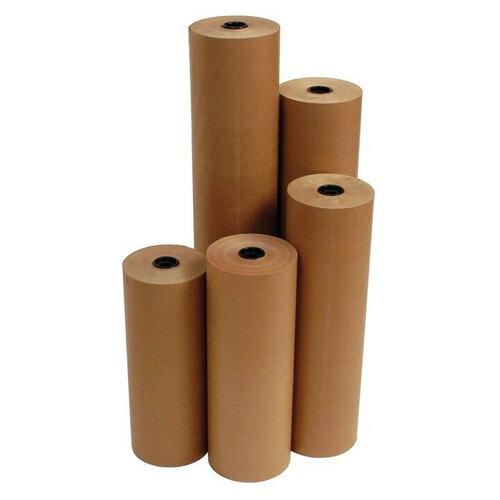Never seen but one size paper here. It's either 3 feet wide or 36 inches wide.... our only choices.
I don't use "pattern" paper. Costs a million$ per roll, and besides, I haven't played a single piece of vinyl in over a year...... So this job was my reintroduction to sheet goods after a12 to 16 month hiatus.
Someone else was going to do it but chickened out. Me, just dumb enough to accept the job cause nobody else would.
I don't use "pattern" paper. Costs a million$ per roll, and besides, I haven't played a single piece of vinyl in over a year...... So this job was my reintroduction to sheet goods after a12 to 16 month hiatus.
Someone else was going to do it but chickened out. Me, just dumb enough to accept the job cause nobody else would.










